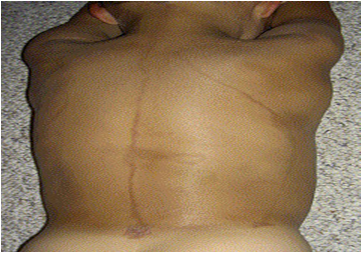May Week 3: Summer Safety
Articles:
1. American Academy of Pediatrics. Technical Report Ultraviolet Radiation – A Hazard to Children and Adolescents. PEDIATRICS Volume 127, Number 3, March 2011
2. American Academy of Pediatrics. Technical Report Prevention of Drowning. PEDIATRICS Volume 126, Number 1, July 2010
Case 1:
You are seeing patients in an acute care clinic a few weeks after spring break. A 17 year old previously healthy male high school senior comes in for evaluation of several days of a “darkened area” on his right hand and anterior chest. He denied any past history of similar rash. He reports first noticing the rash on the chest, then on the hand. The rash on the chest appears to be fading, but the hand rash is remaining. The rash is not itchy or painful and there is no blistering or peeling. He denies any fever, medication use, insect bite, trauma, GI symptoms and denies new detergents or soaps. He denies any known sick contacts or others with similar rash.
On examination of the skin you notice a 3cm X 3cm hyperpigmented macule Located above the inter-digital space between 1st and 2nd digit of dorsum of right hand and a 1.5cm X 0.5cm linear hyperpigmented streak at the center of the anterior chest . Both lesions have evenly distributed hyperpigmentation, no central clearing and smooth, non-raised borders. There is no associated peeling, scaling, erythema, edema or vesicular/bullous/pustular lesions . The lesion on the chest looks similar to the image below ( Taken from : Madhok, M. et al. Annals of Emergency Medicine, Volume 47,Issue 1, Page 119.

You suspect that the rash may be related to an exposure and decide to gather more history from the patient. On further questioning he tells you that just prior to noticing the rash he was on a spring break trip to Mexico. During the trip he spent time hiking as well as swimming at the beach and a resort pool. When asked about alcohol use he eventually reports doing tequila shots, with lime, throughout the week. You make a diagnosis of lime phytophotodermatitis and take the time to counsel the patient about sun and water safety for the future.
What risk factors does this patient have for drowning?
What other groups are at highest risk for drowning?
What interventions are recommended to decrease risk of drowning in general?
Related to home swimming pools? Boats?
What are the risks associated with sun exposure? Artificial tanning?
What measures are recommended to reduce the risks from sun exposure?
